The living room is one of the most important areas of a home, as it’s where we spend most of our time socializing, relaxing, and entertaining. In Feng Shui, the living room is considered the heart of the home and plays a significant role in our well-being and prosperity. Choosing the right colors for your living room can have a profound impact on the energy and atmosphere of the space. In this article, we will explore the optimal Feng Shui living room colors and their symbolic meanings, as well as the five elements of nature that are used to create a harmonious and balanced environment. Whether you want to promote relaxation, creativity, or passion, choosing the right colors and elements can help elevate your living room’s energy and create a space that feels balanced and harmonious.
Red
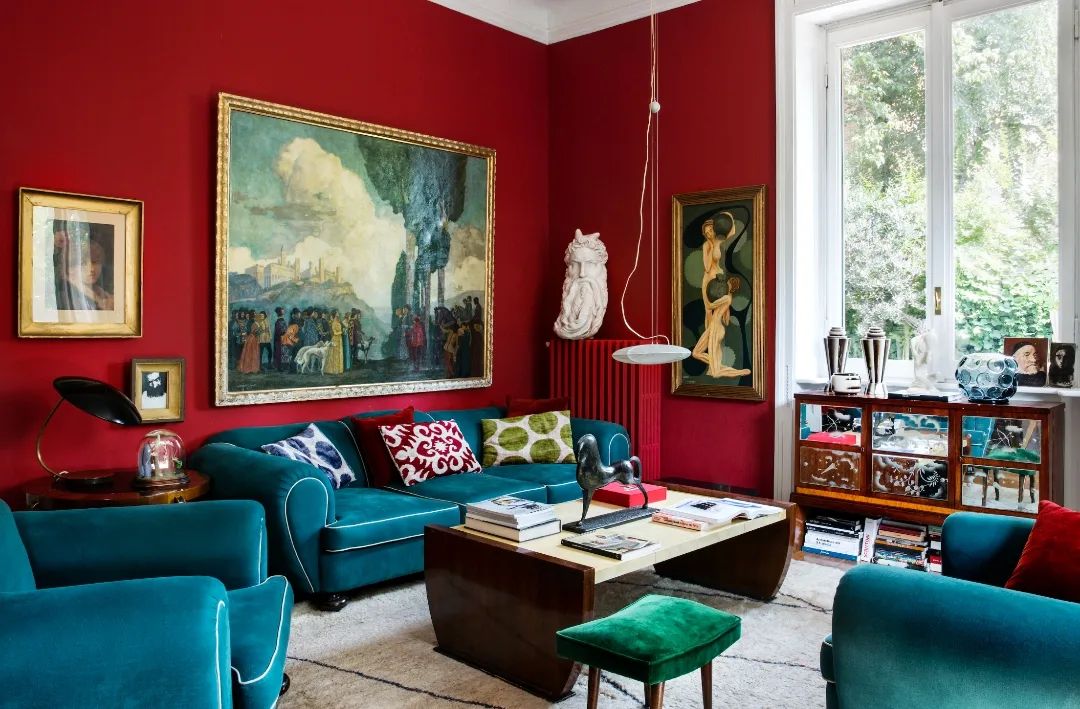
In Feng Shui, red is associated with passion, excitement, and high energy. It is considered an auspicious color that can bring good luck and prosperity. Red is an excellent choice for the living room, as it can help create a warm and inviting atmosphere that promotes socialization. However, too much red can be overwhelming and lead to restlessness or irritability. Therefore, it’s best to use red as an accent color rather than a dominant one. For example, red throw pillows, curtains, or a piece of artwork can add a pop of color without overpowering the space.
Orange
Orange is another high-energy color that is associated with warmth, enthusiasm, and creativity. In Feng Shui, it is believed to stimulate conversation and promote a sense of community. Like red, orange should be used sparingly in the living room, as too much of it can be overwhelming. A great way to incorporate orange is through decorative items such as vases, candles, or accent walls.
Yellow
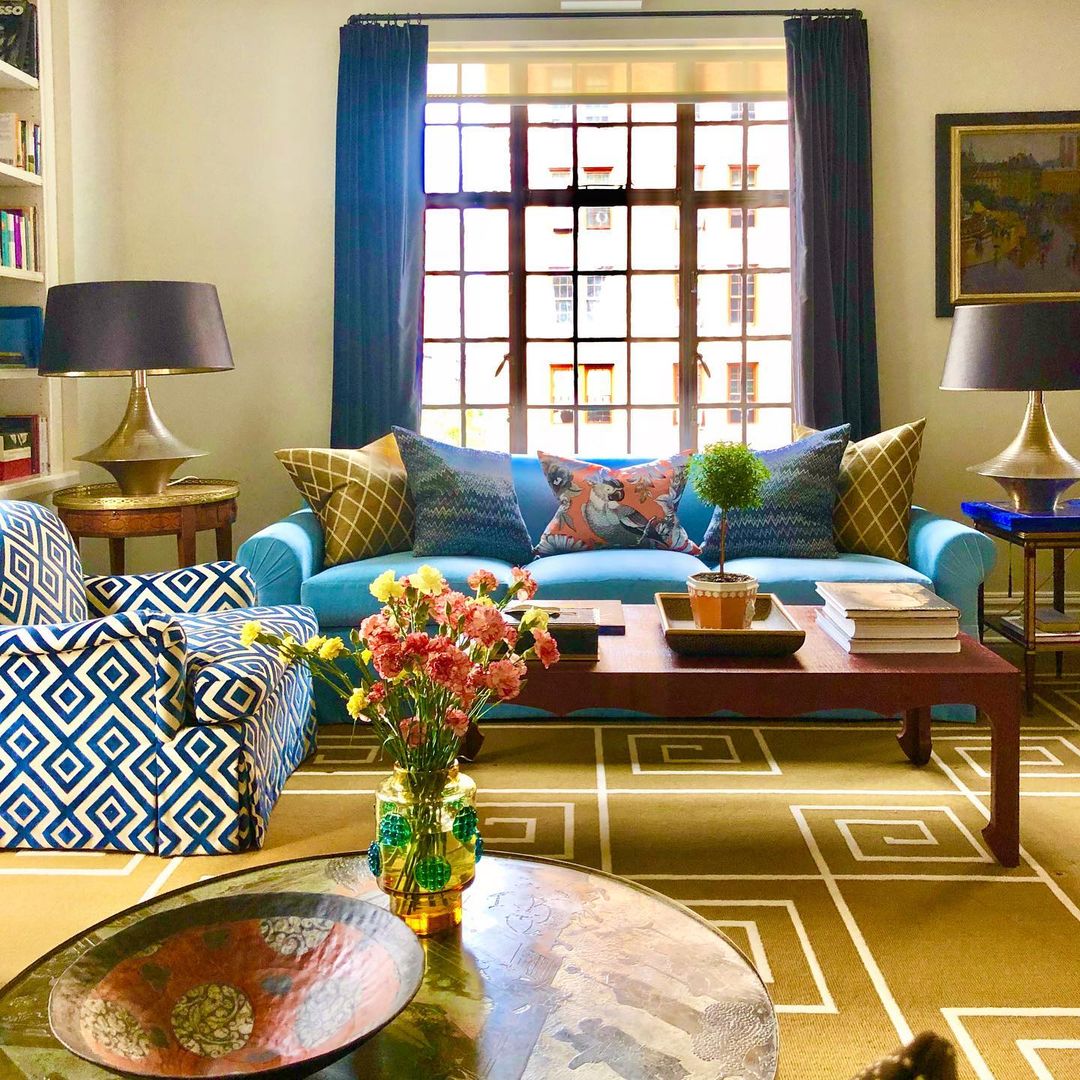
Yellow is a cheerful color that is associated with optimism, happiness, and mental clarity. In Feng Shui, it is considered a powerful color that can improve concentration and memory. Yellow is an excellent choice for the living room, as it can create a sense of warmth and positivity. However, too much yellow can cause anxiety or nervousness, especially in people who are already prone to these feelings. To balance the energy of yellow, it’s best to pair it with calming colors like blue or green.
Green
Green is a calming color that is associated with nature, balance, and harmony. In Feng Shui, it is believed to promote tranquility, healing, and growth. Green is an excellent choice for the living room, as it can create a sense of serenity and relaxation. It’s also a great color for promoting health and well-being, as it’s associated with the heart chakra. To incorporate green into your living room, you can use plants, paintings, or accent walls.
Blue
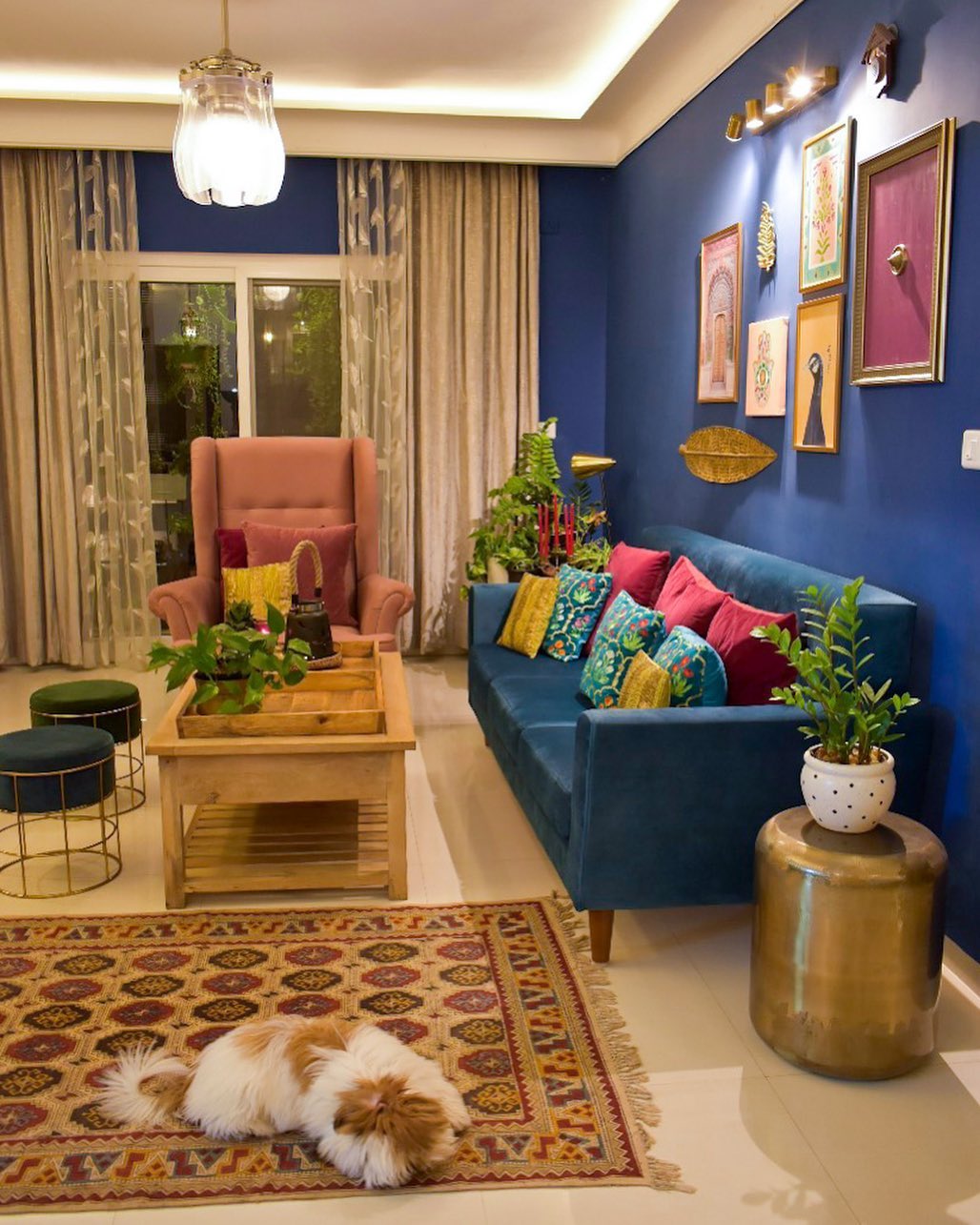
Blue is a soothing color that is associated with calmness, peace, and tranquility. In Feng Shui, it is considered a healing color that can promote restful sleep and relaxation. Blue is an excellent choice for the living room, especially if you’re looking to create a space that promotes relaxation and stress relief. It’s also a great color for promoting communication, as it can stimulate conversation and promote socialization. To incorporate blue into your living room, you can use accent walls, throw pillows, or decorative items.
Purple
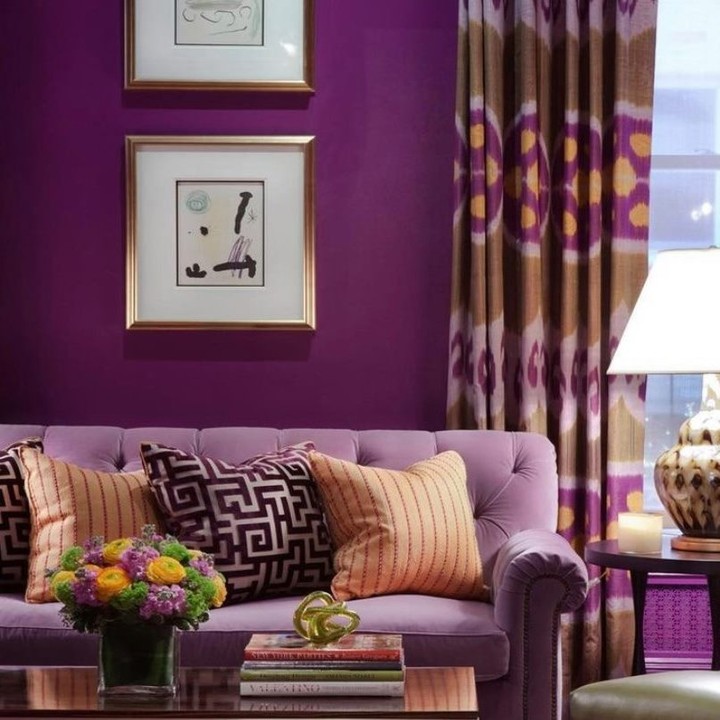
Purple is a regal color that is associated with luxury, sophistication, and spirituality. In Feng Shui, it is believed to promote introspection, intuition, and creativity. Purple is an excellent choice for the living room, as it can create a sense of elegance and refinement. It’s also a great color for promoting relaxation and meditation, as it’s associated with the crown chakra. To incorporate purple into your living room, you can use accent walls, curtains, or decorative items.
White
White is a clean and pure color that is associated with clarity, simplicity, and new beginnings. In Feng Shui, it is considered a powerful color that can promote positivity and a sense of peace. White is an excellent choice for the living room, as it can create a sense of spaciousness and cleanliness. However, too much white can create a cold or sterile environment, so it’s important to balance it with warmer colors like red or orange. To incorporate white into your living room, you can use white walls, furniture, or decorative items.
Black
Black is a powerful color that is associated with mystery, elegance, and sophistication. In Feng Shui, it is believed to promote introspection and protection. Black is an excellent choice for the living room, as it can create a sense of drama and sophistication. However, too much black can create a sense of heaviness or depression, so it’s important to balance it with lighter colors like white or beige. To incorporate black into your living room, you can use black accent walls, furniture, or decorative items.
Gray
Gray is a neutral color that is associated with balance, stability, and sophistication. In Feng Shui, it is believed to promote clarity and focus. Gray is an excellent choice for the living room, as it can create a sense of calmness and elegance. It’s also a great color for promoting mental clarity and concentration. To incorporate gray into your living room, you can use gray walls, furniture, or decorative items.
Brown
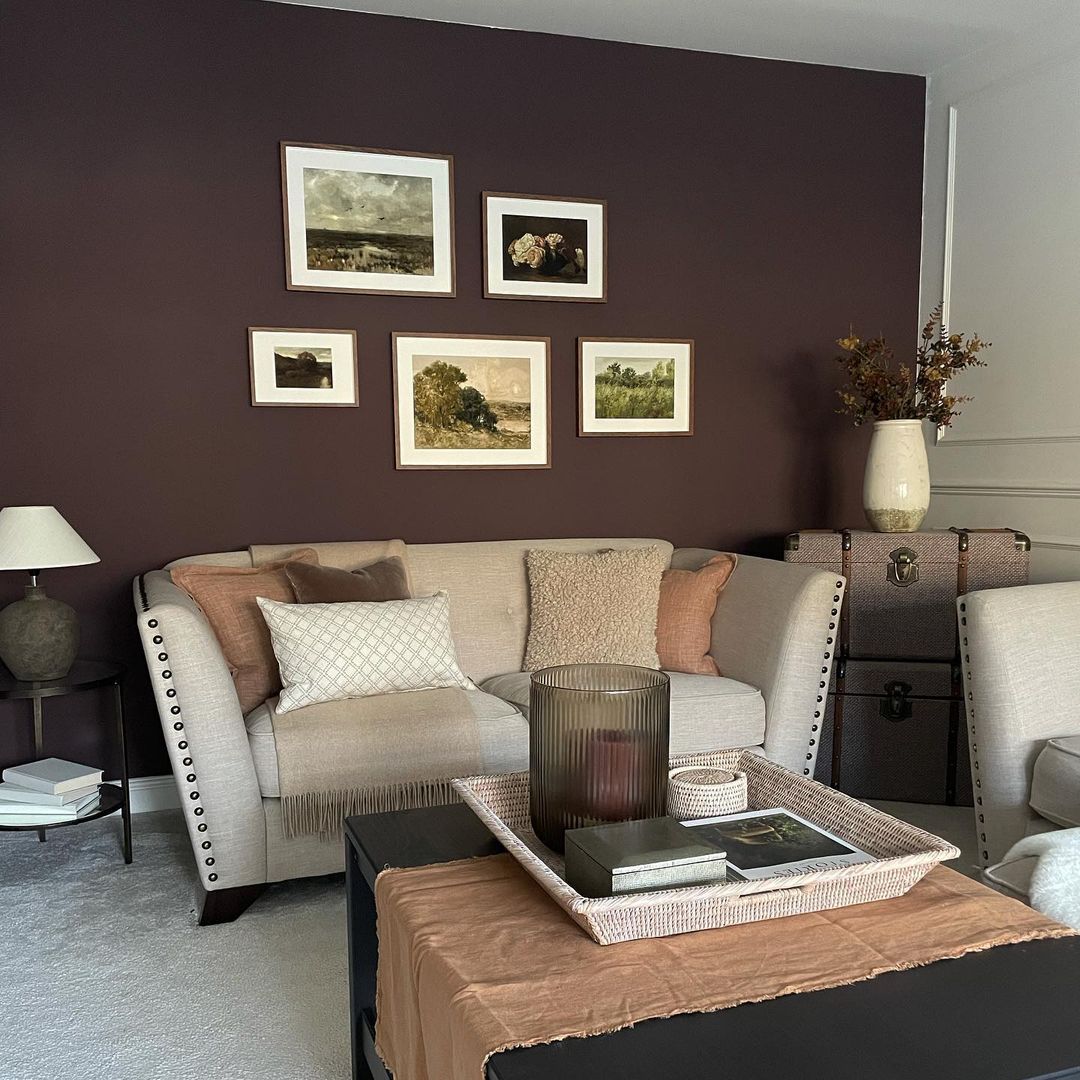
Brown is a grounding color that is associated with stability, comfort, and security. In Feng Shui, it is believed to promote a sense of grounding and stability. Brown is an excellent choice for the living room, as it can create a sense of warmth and comfort. It’s also a great color for promoting relaxation and stress relief. To incorporate brown into your living room, you can use brown furniture, rugs, or decorative items.
In conclusion, the color selection in a living room plays a vital role in creating a harmonious and balanced environment. Each color has its own psychological effects and can impact our emotions and mood. By using Feng Shui principles, we can choose the right colors to elevate our living room’s energy and create a space that promotes relaxation, socialization, and overall well-being. Whether you choose red for passion and excitement or green for tranquility and healing, it’s important to balance the colors to create a harmonious environment that feels good both aesthetically and energetically.
The Five Elements of Nature
In Feng Shui, the five elements of nature are considered important in creating a harmonious and balanced living room. These elements are wood, fire, earth, metal, and water. Each element is associated with specific colors, shapes, materials, and symbols. By incorporating these elements into your living room, you can create a space that feels balanced, energized, and harmonious. Here are some ways to use the five elements in your living room:
1. Wood Element
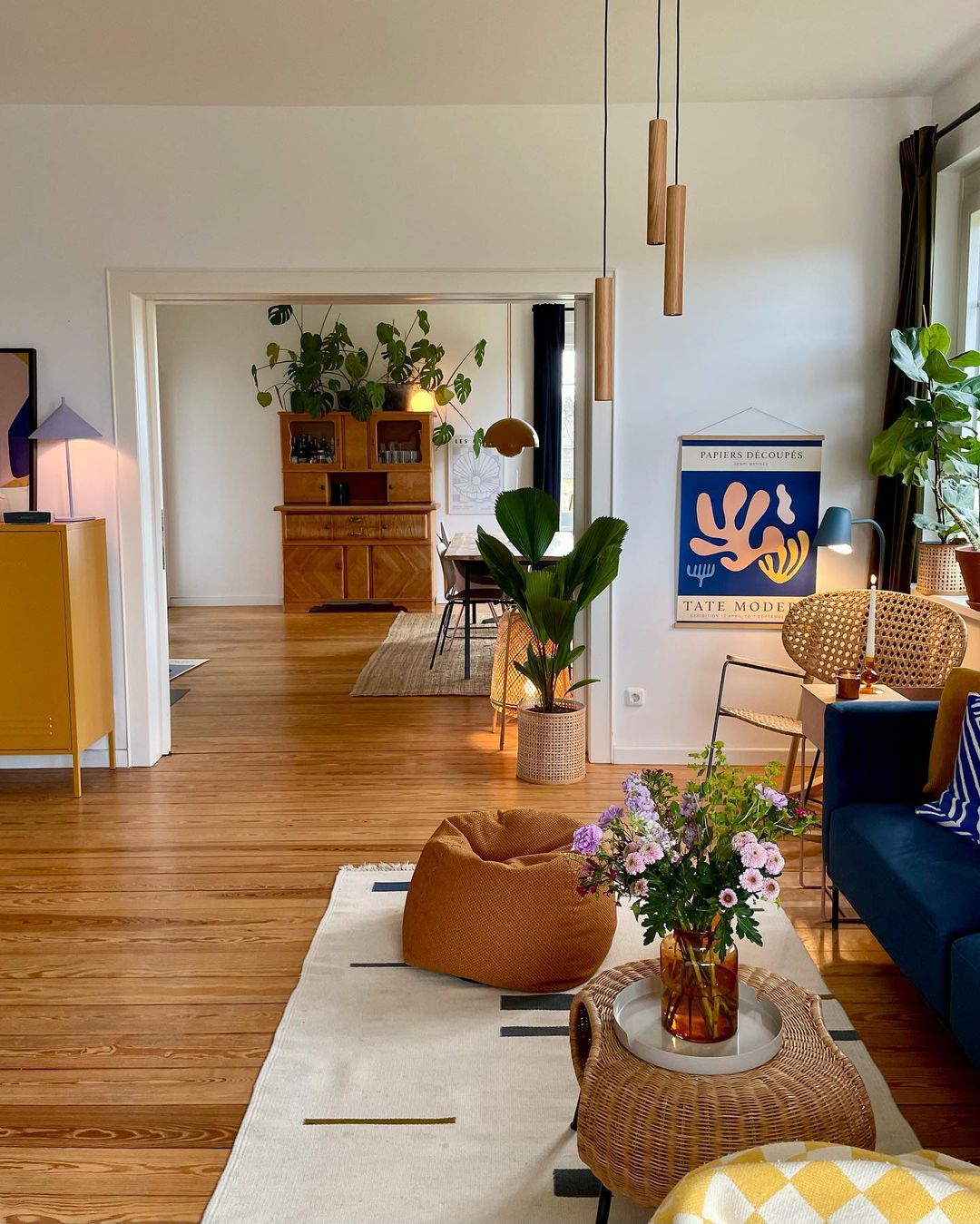
The wood element is associated with growth, vitality, and creativity. It is represented by the color green and the shape of tall vertical columns or rectangular shapes. To incorporate the wood element in your living room, you can add indoor plants, wooden furniture, or green decorative items. You can also use pictures or artwork that depict trees, forests, or landscapes.
2. Fire Element
The fire element is associated with passion, energy, and transformation. It is represented by the colors red, orange, and yellow, as well as triangular shapes. To incorporate the fire element in your living room, you can add red or orange pillows, throws, or curtains. You can also use artwork or decorative items with flame-like patterns or shapes.
3. Earth Element
The earth element is associated with stability, nourishment, and grounding. It is represented by the colors brown, yellow, and beige, as well as square or rectangular shapes. To incorporate the earth element in your living room, you can add earthy-toned rugs, cushions, or wall decor. You can also use natural materials like clay, stone, or pottery.
4. Metal Element
The metal element is associated with clarity, strength, and precision. It is represented by the colors white, silver, and gold, as well as round or oval shapes. To incorporate the metal element in your living room, you can add metallic accents like lamps, vases, or picture frames. You can also use mirrors, which reflect light and create a sense of spaciousness.
5. Water Element
The water element is associated with calmness, relaxation, and purification. It is represented by the colors blue and black, as well as wavy or curvy shapes. To incorporate the water element in your living room, you can add a water feature like a fountain or a fish tank. You can also use blue or black decorative items like cushions or curtains.
It’s important to note that while incorporating the five elements in your living room can create a balanced and harmonious space, it’s also important to balance the elements with each other. For example, too much of the fire element can create a sense of agitation or conflict, while too much of the water element can create a sense of sadness or depression. By using the right balance of colors, shapes, and materials, you can create a living room that feels harmonious and energized.









